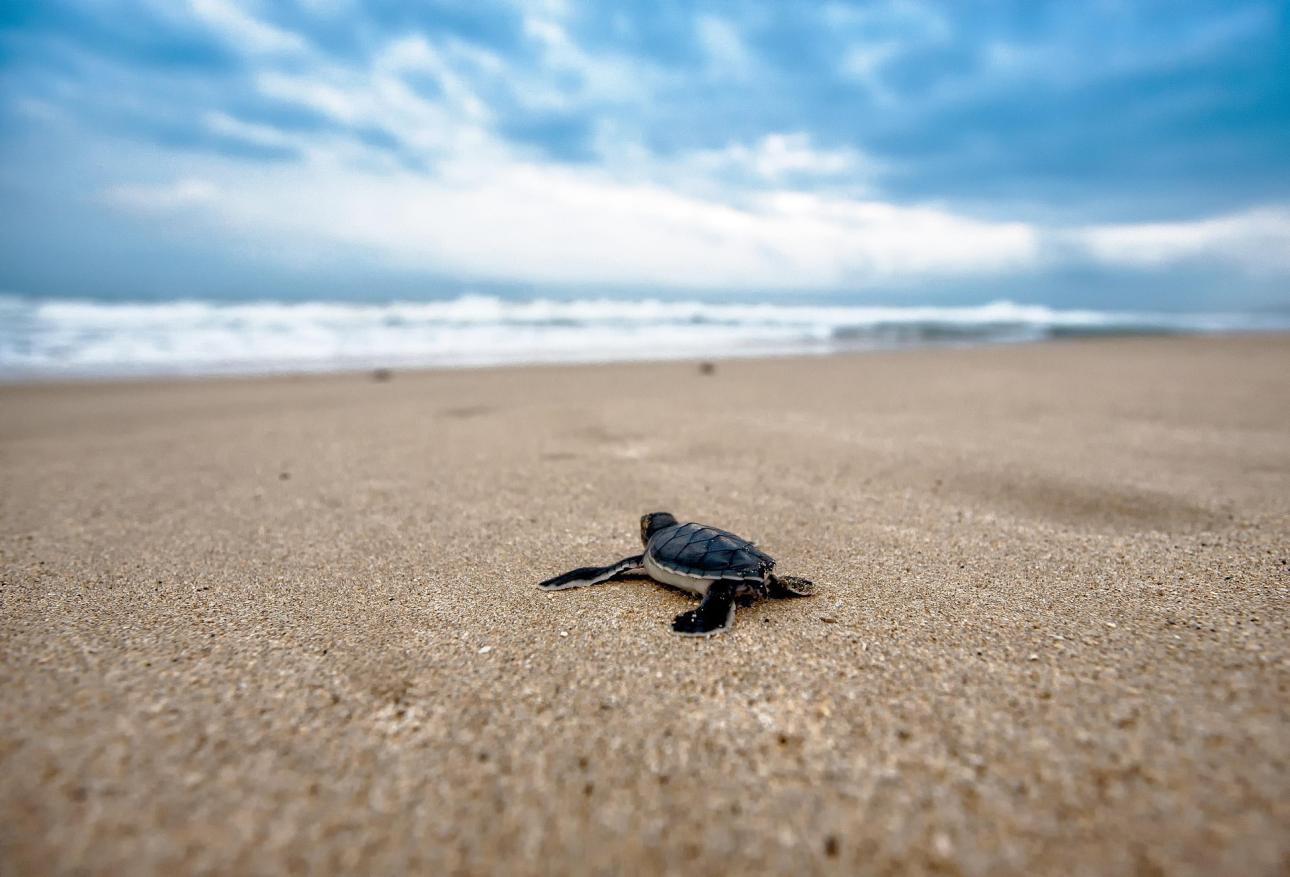Turtles are primitive reptiles and among the oldest creatures still extant on our planet. They have survived for more than 200 million years. But despite such endurance, the populations of a number of turtle species are declining catastrophically. What, then, can we respond to on the fate of these ancient reptiles? However, we shall look at the dynamics responsible for the decline and measures for their preservation.
1. Habitat Destruction
Habitat destruction is among the most serious threats to turtles. As the human population grows, wetland areas, forests, and coastal nesting places are being destroyed or changed for urbanization, agricultural land, and comprehensive construction works. Consequently, turtle populations have little chance to survive without good living and breeding habitats.
2. Climate Change
Through multiple mechanisms, climate is impacting turtles right now. Rising temperatures influence nests, where the sex of hatchlings is decided upon by temperature. Warmer temperatures tend to skew sex ratios in favor of females, threatening future breeding populations. Furthermore, rising sea levels and increased storm frequency are washing away nesting beaches which, too, put lives such as that of sea turtles in great danger.
3. Pollution and Plastic Waste
Pollution, particularly plastic waste, has become a major threat to turtles. Many turtles think plastic bags are jellyfish, their main food source, and ingest them, which blocks their digestive systems. Chemical pollution results from pesticides, oil spills, and industrial waste and contaminates their habitats, thus negatively affecting their health and reproduction.
4. Illegal Wildlife Trade and Poaching
Turtles face strong hunting pressures due to illegal traditional medicine use, food demand, and their preservation as pets. Freshwater and sea turtles are widely caught and sold in markets all over the world. Rapidly decreasing numbers, mainly due to overharvesting, are reducing several species, with some on the verge of extinction due to too much demand.
5. Fisheries Bycatch
Commercial fishing captures tens of thousands of turtles annually, not only by catch but also by netting. Turtles are trapped in nets or become stuck on hooks, leading to drowning or severe damage; bycatch is a major cause of concern, especially for sea turtles, for which they ought to implement sustainable fishing practices to mitigate this impact.
6. Invasive Species and Predation
Following human introduction, invasive species such as rats, dogs, or feral pigs have hunted turtle eggs and hatchlings. These predators act to decimate whole nesting sites, thus considerably reducing the number of young turtles attaining maturity.
What Can Really Be Done to Save Turtles?
Despite setbacks, there are a number of measures available through which positive effects for turtles can be obtained.
- Protect and restore habitats by conserving wetlands, forests, and beaches.
- Reduce the pollution from plastics with the limitation of single-use plastics: participate in clean-up drives.
- Support sustainable fishing through turtle-friendly gear and methods.
- Enforce these rules via better law enforcement and education for suppression of the illegal wildlife trade.
- Address climate change by developing policies for improving carbon emissions and protecting critical ecosystems.
The turtles survived mass extinction episodes before, but human activities are taking them to the brink now. Therefore, if we all decided to take an effort to act today, we could make a difference to ensure that these marvelous creatures will exist for ages to come.

